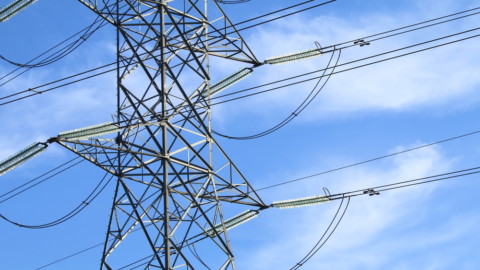The Clean Energy Council has called on the Energy Security Board (ESB) to reform current access frameworks to better coordinate investment in renewable energy generation, storage and transmission.
The Clean Energy Council said that the EESB’s Transmission Access Reform work program offers a unique opportunity to speed up investment by updating how we think about investing in and operating a renewables-based power system.
While the current focus is on the ESB’s proposed capacity mechanism, the Clean Energy Council believes reforms to the access frameworks have the potential to be just as significant to Australia’s energy transition.
In a submission to the ESB, the Clean Energy Council said that it is critical to ensure that new renewable generation capacity is providing additional, lower-cost energy for consumers rather than simply displacing existing renewable generation due to congestion in the grid.
The Clean Energy Council said the best way to do this is by using markets to coordinate new investment in the right mix of renewables and storage at the right locations in the power system.
Clean Energy Council Director of Energy Transformation, Christiaan Zuur, said the challenge for access reform is getting the balance right between providing existing generators with certainty while also encouraging investment in new generation.
“We desperately need new renewable and storage investment, but this isn’t much help if those new assets can’t get their power to market,” Mr Zuur said.
“We need to strike a balance between bringing on new renewable investment and protecting existing renewable generators’ ability to get their power onto the grid – many of which are already facing negative economic outcomes due to congestion.”
Congestion occurs when transmission lines are unable to transfer power to meet consumer demand, such as when there is more energy being generated in a location than the grid can transfer.
This congestion makes it harder to export energy and can reduce competition in the wholesale energy market. This ultimately translates to higher prices for consumers and can even have reliability impacts.
In the long term, the Clean Energy Council said Australia needs a more dynamic approach to planning for and building new transmission so that congestion can be reduced or even avoided.
“Clearly Australia needs to accelerate its investment in new transmission – something the new Federal Government has committed to through its signature Rewiring the Nation fund – to ensure the grid is fit-for-purpose,” Mr Zuur said.
“There is additional network bandwidth to support more distributed renewable energy generation and the power can be dispatched to customers across the nation.
“But no matter how much new transmission is built, there will always be some level of congestion on the network.”
The Clean Energy Council argues the best way to manage congestion is to develop new markets so that generators can make better decisions and use the available grid more effectively.
The Clean Energy Council has proposed a two-part approach to the ESB to enhance access and reduce congestion in the National Electricity Market.
Firstly, the clean energy industry has proposed a Congestion Relief Market (CRM), which would allow generators to trade their way around congestion and in the process create additional revenue opportunities, reduce spilled energy and incentivise battery storage.
“This is really about designing a new market that allows generators and storage to trade with each other to find the lowest cost way of using the available network,” Mr Zuur said.
“A CRM would provide generators and storage with new revenue streams, which will help bring on the additional investment in both that is so desperately needed.
“If we get this right, it means that instead of trying to push more power down the wires, a wind farm may choose to trade that power to charge a battery close by, which can choose to buy that power at a price that works for both parties.
“The wind farm makes some money, congestion is avoided on the transmission line and the battery makes money by selling the energy back when there’s less congestion. Ultimately, this results in a more efficient, lower-cost system which means cheaper electricity for consumers.”
Secondly, the Clean Energy Council proposed an Enhanced Information Approach, which promotes standardisation and consistency of information flows between network service providers, generators and market bodies.
“Improving information flows is key to unlocking the full potential of the many existing reforms that have already been developed,” Mr Zuur said.
“It will enable frameworks such as the Integrated System Plan and the new system strength frameworks to be more effectively coordinated with market investor decisions. This will drive lower-cost outcomes for consumers in the medium to long term.”
The Clean Energy Council intends to continue collaboration with the ESB to ensure that these regulatory changes will ultimately be workable and effective.
The Clean Energy Council’s full submission can be viewed here.















